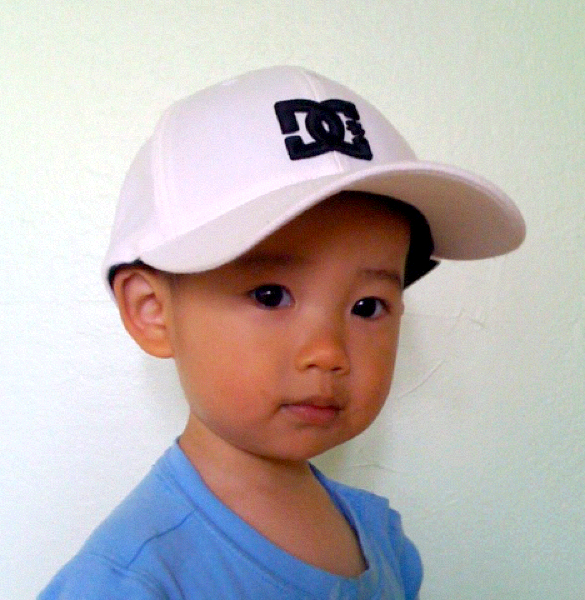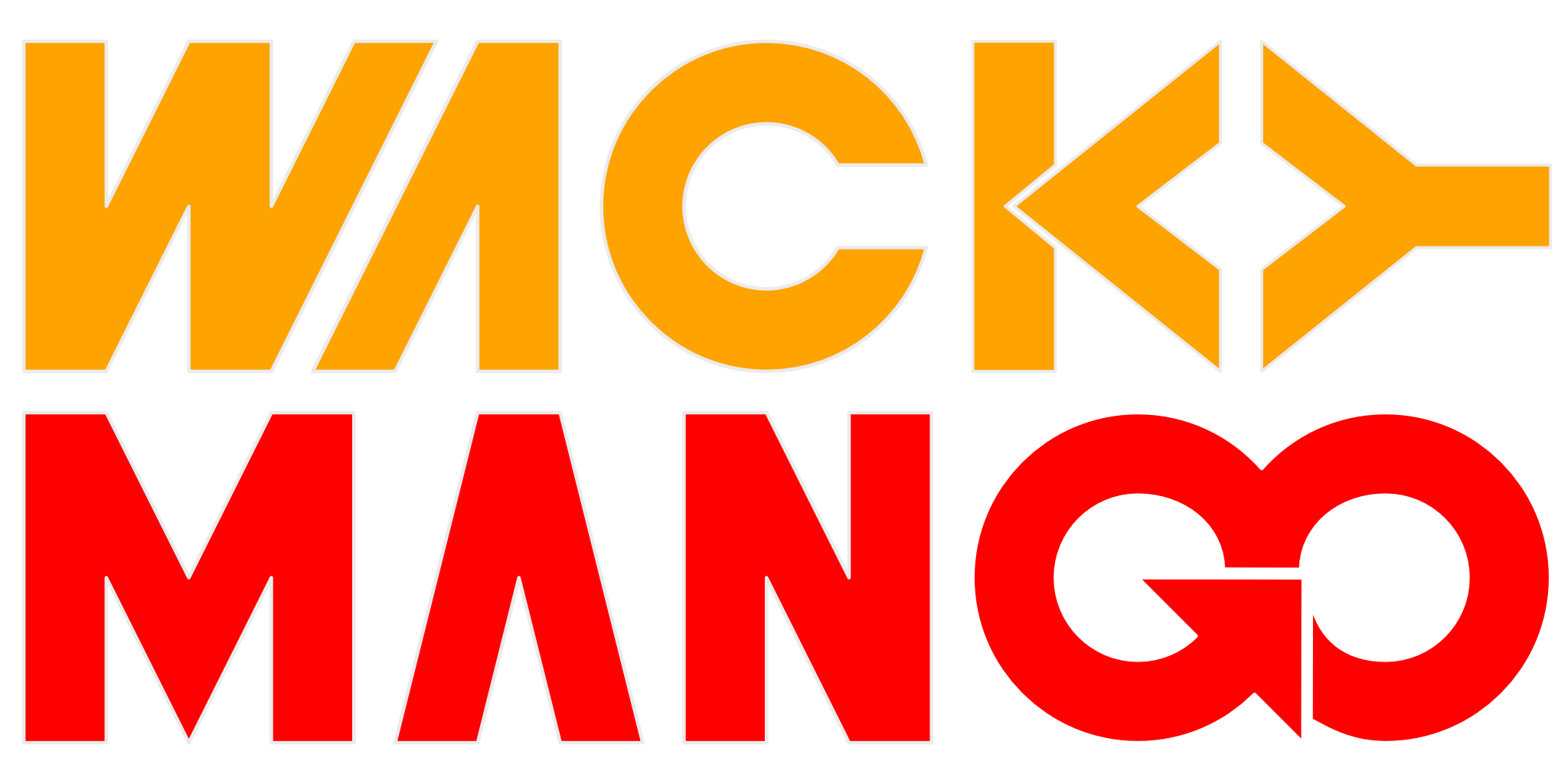Retro Game Notes
Arcade cabinets are a cheaper way to have mid-life crisis.
I grew up with arcade games. Over the years I've tried most of the games ported to consoles and emulators. They are sufficient, if not quite replicating the experience. How much effort and money should I invest for a chance to re-live my childhood experiences? Welp, as far as mid-life crisises go, retro games is probably cheaper and safer than pursuing other hobbies? So I kept on telling myself.
Candy Cabinets
Arcade cabinets from Japan are commonly known as candy cabinets. They usually have standardized interfaces: JAMMA and JVS. And you usually play sitting down instead of standing up unlike American cabinets. The standards specify power requirements and video signals, so that the game you have will most likely work without too much hassle. These two standards are related but different, especially in terms of power and supported displays. It is possible to use an adapter to make your JAMMA/JVS game work in a JVS/JAMMA cabinet. What standard your cabinet supports has to do with the I/O board installed. An easy way to tell is whether your cabinet comes with LCD panel instead of a CRT. Usually cabinets with LCD panels require newer JVS I/O (such as a Taito Viewlix). Separately, if your game board requires a 3.3V power rail (such as a Sega NAOMI motherboard), then you need JVS I/O.
Joysticks and Push Buttons
Japanese arcade control panels usually have ball-top joysticks and convex push buttons. Whereas American arcades controls are usually bat-top joysticks and concave push buttons. Additionally, you can install restriction plate to your joystick to help you feel better which direction your joystick is pointing, helpful for pulling off moves and combos in fighting games. Most popular joystick and push button brands are: Sanwa, Seimitsu, and Suzo Happ.
Kick Harness
JAMMA originally have limits on the number of buttons supported. For 6-button games like Street Fighter, separate wiring harness is used to accept input from the extra kick buttons (therefore the name). If you want to play games that uses more than 4 buttons, most likely you'll need one of these. This is not a requirement for JVS.
Supergun/Minigun
These are boards that act as input and output ports for your game. These allows a smaller setup, almost console-like, instead a full cabinet that take up a lot of space. Remember that for your retro game to work, it gets all the inputs and power, as well as video output via the JAMMA edge connector. These boards route the power and signals to/from the JAMMA edge and terminate in a more common connector. You can also adjust the power and signals with these.
Control Box
These are better integrated supergun/minigun that acts less like a board just hanging off of your game board. They usually have their own power supply; some come with joystick and buttons built-in and look like an oversized control panel. Others use common connectors so that you can use controllers that are easier to find, like NeoGeo or Saturn controllers. If you have one of these, you want to buy a JAMMA extension cable so that it is easier to swap out boards, and that you do not put too much weight/pressure on the JAMMA edge of your game PCB board.
Video Signal and Scalers
Most of the retro games output low-resolution video and so you must have a display that can support the scan rate of 15Hz or 31Hz with different vertical blanking signals. Other than a professional video monitor, most of old CRT TVs cannot safely support such video signals, and in that situation you'll need a video scaler to upscan your video into something that is more common and supported by modern displays that accepts HDMI input. OSSC is a popular solution for this. You need scaler that will not introduce any latency, so avoid those that capture the entire frame for conversion. This is especially true for fighting games... one of the reasons why games ported to modern consoles and emulation are not as fun for me.
Control Panel
This is where the joystick and push buttons are mounted. In Japan, as you play games sitting down, the control panel usually has only one centered set of control for one player. Even when you are playing a 2-player fighting game, your opponent is probably at an adjacent cabinet, I guess to make it hard to reach over for folks with anger management issues. Different control panel have different button layouts to make the spacing more ergonomic and accommodate your fingers of different lengths. Often the panel is described as 1L6B or 2L16B, where the first number (2) is the number of joysticks (levers) and second number (16) is the total number of buttons (or 8 per player). Your hands are going to come in contact with the control panel all the time, so you want something that doesn't scratch or rust, is easy to clean, and depending on the type of joystick you want to use, with the right holes for the mounting plate, to which the Joystick housing, PCB, and micro switches are attached.
Work-in-progress
I am still learning about arcade cabinets, and the cabinet I imported is still on a boat making its way to me. I imagine there will be more things to learn and make note of. If I got something wrong, drop me a note and I'll fix it.
Update
I just received the cabinet today! The feet/adjuster was damaged during transport, but everything else "just worked." Thank you to Zach at Cosmo-Logi for putting it together, answering my questions, and sharing helpful insights and recommendations. He didn't just sell me an arcade cabinet; he took the time to understand what I was looking for (everybody's childhood memories of the local arcade would have been different and unique) and collected all of the pieces to make it work. I highly recommend Cosmo-Logi!
References
Web sites that I came across, perhaps they'll be useful to you, too.
- Arcade Projects: a helpful forum with fewer dramas.
- Sega-Naomi: if you ever owned a Dreamcast, many of its games are ported from NAOMI hardware.
- Axunworks: they make and sell control boxes that support both JAMMA and JVS standards. Many satisfied customers it seems, include myself. Note that there is a lead time for making your order. They ship from China.
- Retrotink: they make video scalers to convert analog signals for display on your HDMI-capable TV. It even rotates the output for you. I went with this over various OSSC variants. They ship from southern California, it seems.
- Mister Addon: they make a JAMMA-compatible board that emulates arcade PCBs with FPGA. And low-latency input encoders to interface with a PC or home game console.
- Analogue: many of their consoles are out-of-stock all the time, but in my experience they are easier to find than the hardware that Nintendo, NEC, and Sega stopped manufacturing decades ago. They'll work with your old game cartridges and your new 4K TV over HDMI without additional work. Systems work with 8Bitdo wireless controllers. Playing old GameBoy, SNES, NES, and Genesis games will surely bring back good nostalgia.
- Cosmo-Logi: I imported my arcade cabinet from these fine folks. They were very patient and helped me find the cabinet and games I wanted. They are located in Japan, so they are closer to available hardware than most people, however, if you live in the U.S., the tariff is going to get you. Sigh.
- Hadoken Arcade: The U.S. coordinator for Cosmo-Logi. They also sell arcade hardware and accessories, such as the universal mounting bracket, which allows you to replace the LCD panel of your stock Viewlix cabinet with another off-shelf 32-inch monitor. The reason for doing so is usually to reduce input lag, or if you need to use the HDMI input to connect to a home game console. Ships from Seattle, Washington.
- All Fight Sticks: controller enclosures. This way you can build an arcade joystick that works with your home consoles.
- Brook Accessories: logic boards that translates and interfaces with your home game console, old and new.
- RGB's Lab: they make a popular Supergun board. Ships from Poland.
Web shops I've not done business with, but few of them are often mentioned in forum posts.
- Arcooda: the LCD panel that natively supports JAMMA video input seems interesting.
- OSSC: a popular, open sourced, video signal upscaler. People turn their designs into products you can buy. A list of links is available on this page.
- Paradise Arcade: arcade parts.
- Arcade Shock: more arcade parts.
- Shinden Shop: light guns that works with LCD panels.
- Suruga-ya: An online store in Japan that sells arcade PCBs.
- Emporium: Another online store in Japan that sells arcade PCBs and hardware. Site is in English.
- Arthrimus: they design and sell PCBs that help make your game work.

